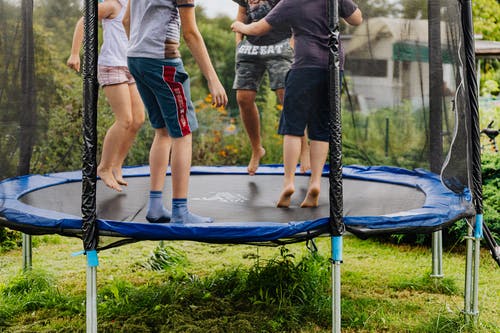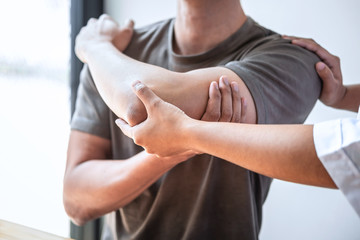
Long-Term Athletic Development in young athletes
Why is it important?
Long-Term Athletic Development (LTAD) in young athletes typically focuses on building fundamental movement skills and athletic abilities over the LONG-TERM. The term LTAD is used across all ages and training levels but will generally be seen or heard in the training world when discussing youths and adolescents. Whether we believe it to be a good thing or a bad thing, there is a common misconception that when starting a training program for the first time, the intention should be to provide our youths and adolescents with heavy weights in order to make them fitter, faster and stronger. This is not the case at all!
Strength training for development
Does strength training make use stronger? Absolutely it does! Is strength training good for us and safe to do? Absolutely it is! But the one thing that isn’t good for us is jumping the gun and trying to do something that our bodies really aren’t ready for, even if we think we might be. Whether you’re an adult or an adolescent, there are certain requirements that need to be met prior to getting under the bar and lifting away. While strength training is a safe mode of exercise and can provide numerous benefits for our health and fitness, performing the wrong exercises at the wrong time with the wrong technique can be detrimental to our goals. You wouldn’t run a marathon with no training or preparation, so why would strength training be any different?
Development of movement acquisition

There are several fundamental movement/motor skills that should addressed throughout our childhood in order to allow appropriate growth and maturation to occur, these being:
- Balancing,
- Running,
- Jumping,
- Catching,
- Hopping,
- Throwing,
- Galloping,
- Skipping,
- Leaping and,
- Kicking.
Further to this, youths and adolescents should aim to master the 7 key movements that are typically performed in a gym setting regardless of their age or ability:
1) Squat
2) Hinge
3) Push
4) Pull
5) Lunge
6) Twist
7) Brace
It’s not only for the elite
Whether a child is wishing to become a professional sports star or simply wishing to live an active lifestyle, there are no quick fixes or steps we can skip in order to accelerate our child’s development. The best method available is being patient, providing a positive and encouraging environment and allowing our youths to learn the fundamental movement patterns that are essential for growth and maturation. Don’t take the FUN out of the FUNdamentals by attempting to speed up a child’s growth and development! The benefits that can be attained by allowing kids to learn, play and enjoy being active are extremely invaluable.
You’ve heard the adage that you’re never too old to start training? Well under the right supervision and guidance, you’re never too young to start learning the fundamental movement skills and begin living an active and healthy lifestyle. If you have any questions or want to make a booking, don’t wait! Our dedicated and experienced Exercise Physiology team is always ready to help you move and feel better!
Contact the physio Brisbane knows for LTAD today by calling 07 3352 5116, emailing admin@pivotalmotion.com.au or by booking today!
Book Online today to learn more on LTAD




